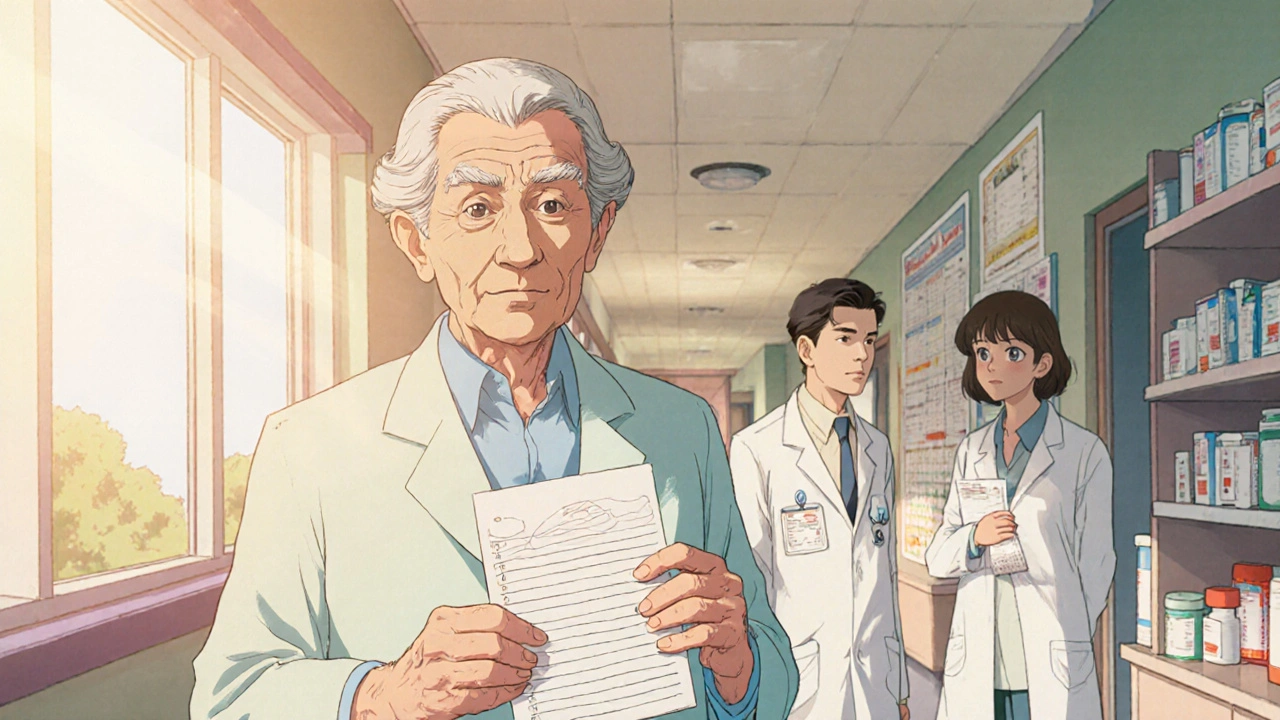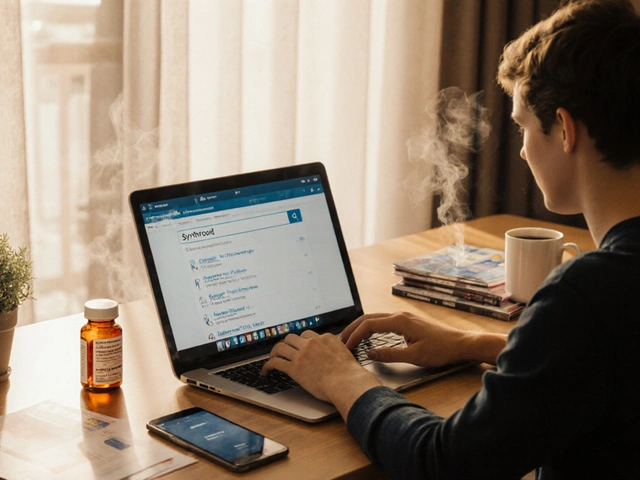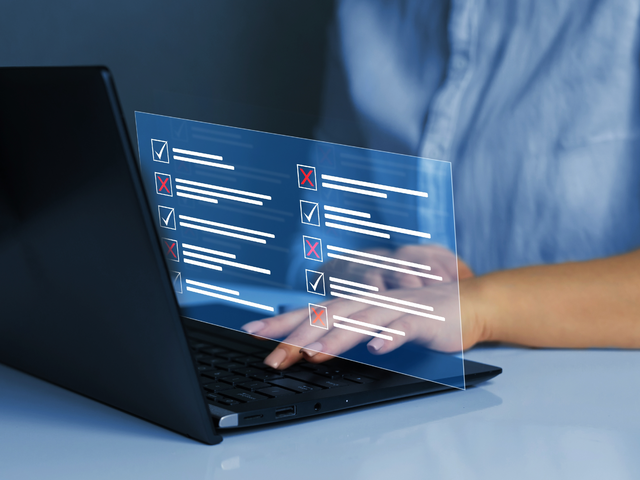Every year, hundreds of thousands of people in the U.S. are harmed by medication errors-wrong doses, wrong drugs, or dangerous interactions. Many of these mistakes are preventable. And the person best positioned to catch them? You.
Doctors, nurses, and pharmacists are trained to keep you safe. But they don’t live with your meds. You do. You know when a pill looks different. You notice when you feel weird after taking something new. You remember what supplements you’re taking that your doctor doesn’t. That’s not just helpful-it’s essential.
Know Your Medications Inside and Out
Before you leave the doctor’s office or pharmacy, ask: What is this medicine for? Why am I taking it? What happens if I skip it? Too many patients leave with a bag of pills and no real understanding of what they’re supposed to do. That’s how errors start.
Write down the name of each medication, the reason you’re taking it, and the exact dose. Don’t rely on memory. Use a notebook, your phone, or a free app like MyMedSchedule. A 2022 study found that patients who kept a personal medication list had 42% fewer mistakes during hospital transfers or doctor visits. That’s not luck-it’s strategy.
Don’t just write the brand name. Write the generic name too. If your prescription says “Lisinopril,” but the bottle says “Zestril,” that’s the same thing. But if you see “Lisinopril” on your list and “Metoprolol” on the bottle? That’s a red flag. Always check.
Ask Questions-Even If You Feel Awkward
Doctors aren’t mind readers. If something feels off, say so. You’re not being difficult. You’re being smart.
Here are seven simple questions to ask every time you get a new prescription or refill:
- What is this medicine supposed to do?
- How and when should I take it?
- What side effects should I watch for?
- What should I do if I miss a dose?
- Does this interact with anything else I’m taking-even vitamins or herbal supplements?
- Why was this changed from what I was taking before?
- Can you show me what this pill looks like?
A 2021 study showed that patients who asked even one of these questions reduced their risk of medication errors by 35%. If your provider brushes you off, that’s not normal. You have the right to understand your care.
One woman on Reddit shared how she caught a 10-fold overdose in her child’s antibiotic dose because she noticed the label said “5 mL” but the syringe looked too full. She asked. They checked. It was a printing error. Her child was safe.
Track Everything-Including Supplements and OTCs
Most people forget about the stuff they don’t need a prescription for. But that’s where things get dangerous.
Aspirin, ibuprofen, fish oil, turmeric, melatonin, vitamin D-these aren’t harmless. They can interact with blood thinners, blood pressure meds, diabetes drugs, and even antidepressants. A 2020 study found that patients who reported all their supplements reduced dangerous interactions by 22%.
Keep a running list. Update it every time you start or stop something. Bring it to every appointment-even the dentist. Many people don’t realize that over-the-counter painkillers can interfere with heart meds. Or that St. John’s Wort can make antidepressants useless.
Verify Before You Take It
Pharmacists are trained to catch errors. But they’re busy. Mistakes happen. That’s why you need to check.
When you get your prescription, compare the pill to your list. Does it look right? Is the label clear? Is the dose the same as last time? If it looks different, smells strange, or the number of pills doesn’t match what you were told, speak up.
One nurse on r/nursing said 70% of the near-misses she’s seen were caught because a patient said, “That’s not what I got last time.” That’s not paranoia. That’s vigilance.
Don’t be afraid to say: “I’ve taken this before, and it looked different.” Or: “The bottle says 10 mg, but my doctor said 5 mg.” You’re not accusing anyone. You’re helping.
Use Medication Reconciliation
Every time you go to the hospital, ER, or even a specialist, ask: “Can we go over all my meds together?” This is called medication reconciliation-and it’s a proven safety step.
The Joint Commission requires hospitals to do this, but they won’t do it unless you ask. Bring your list. Don’t let them rely on what’s in their system. Old records are wrong more often than you think.
Patients who actively participated in reconciliation cut medication discrepancies by 50%, according to 2021 data. That means fewer bad reactions, fewer hospital readmissions, and less risk of harm.
Use Technology-But Know Its Limits
Apps like MyMedSchedule, Medisafe, or even your pharmacy’s portal can help you track doses, set reminders, and flag interactions. They’re useful. But they’re not foolproof.
A 2023 AHRQ report found that apps with interactive features-like photo verification of pills or chat support-led to 24.5% better safety outcomes than apps that just sent alerts. But only 43.7% of people over 65 use these tools regularly. If tech is hard for you, that’s okay. Paper lists work too.
The real issue isn’t the tool-it’s accessibility. If an app has too many steps, or if your eyesight or memory makes it hard to use, ask your provider for printed materials. Most clinics now offer simplified guides.

What If You’re Dismissed?
Not everyone responds well to questions. Some providers feel threatened. Some are rushed. Some just don’t know how to respond.
If you’re told, “You’re overthinking it,” or “We’ve never had this problem before,” don’t back down. Say: “I’m not saying you made a mistake. I just want to make sure we’re both on the same page.”
One patient with chronic pain was called “difficult” when she questioned a new painkiller. Two days later, she had a severe allergic reaction. She survived. But she shouldn’t have had to risk it.
You’re not being difficult. You’re being the last line of defense.
It’s Not Just About You-It’s About Everyone
When you take charge of your meds, you help everyone. Your actions reduce pressure on doctors and pharmacists. You make systems better. You set an example for others.
Patients with diabetes who actively manage their meds have 39% fewer dangerous low-blood-sugar episodes. People on blood thinners who track their doses have fewer strokes and bleeds. Elderly patients who use simple dosing schedules have fewer falls and hospital stays.
And it’s working. The FDA’s Patient Safety Ambassador program has trained over 12,000 people to help others in their communities. In places where it’s been used, local medication errors dropped by 29%.
Start Today-No Perfect Plan Needed
You don’t need to be perfect. You don’t need to memorize everything. Just start small.
- Write down your current meds today.
- Ask your next provider one question: “What is this for?”
- Check the pill next time you refill.
- Bring your list to your next appointment.
These aren’t big tasks. But they add up. And they save lives.
Medication safety isn’t just the job of hospitals or pharmacies. It’s a team sport. And you’re not just a player-you’re the captain.
Can I really prevent medication errors just by asking questions?
Yes. Studies show patients who ask even one clear question about their meds reduce their risk of errors by 35%. Asking about the purpose, dose, and side effects catches mistakes that even trained staff sometimes miss. You’re not just being cautious-you’re using proven safety tactics.
What if I can’t read or understand the labels?
You’re not alone. Over 88 million U.S. adults have trouble understanding health information. Ask your pharmacist to explain the label in simple terms. Many pharmacies offer large-print labels or audio instructions. You can also request a visual dosing chart-like the Universal Medication Schedule-which uses icons for morning, afternoon, evening, and bedtime instead of confusing times like “QID.”
Do I need to tell my doctor about vitamins and herbal supplements?
Absolutely. Supplements can interact with prescription drugs just like other medications. For example, garlic or ginkgo can thin your blood and increase bleeding risk if you’re on warfarin. St. John’s Wort can make antidepressants or birth control pills ineffective. Always list everything you take-even if you think it’s “natural” or “harmless.”
Why do I need a personal medication list if my doctor has my records?
Your doctor’s records can be outdated, incomplete, or wrong. A 2022 study found that nearly half of all hospital medication lists had errors. Your personal list is the only version you control. Bring it to every visit. It’s your best tool to catch mistakes before they happen.
I’m elderly and forget to take my pills. What can I do?
Use a pill organizer with days and times labeled. Set alarms on your phone-even if you don’t use apps. Ask a family member or neighbor to check in once a day. Many pharmacies offer blister packs with pre-sorted doses. And don’t be afraid to ask your doctor if you can simplify your regimen-fewer pills often mean fewer mistakes.
Is medication safety only important for older adults?
No. While older adults are at higher risk due to multiple medications, anyone taking prescription drugs, even one, can be affected. Younger people on antibiotics, birth control, or mental health meds also face risks from interactions or missed doses. Medication safety applies to everyone.
What if I can’t afford the apps or tools recommended?
You don’t need apps. A notebook, a piece of paper, or even your phone’s notes app works just fine. The most important thing is consistency-not cost. Write down your meds, doses, and reasons. Bring it to every appointment. That’s the core of medication safety.





Adrian Rios - 22 November 2025
Man, I wish I’d known all this when my mom got hospitalized last year. She was on like seven different meds, and no one bothered to reconcile them properly. The ER nurse just looked at the list on the chart-turned out it was from 2019. She ended up getting a drug that clashed with her blood thinner. We almost lost her. Since then, I print out her meds every time we go anywhere. Even the dentist gets a copy. It’s not just about safety-it’s about respect. You’re not being annoying. You’re the only one who’s really paying attention.
Olanrewaju Jeph - 22 November 2025
Proper medication management is not a luxury-it is a fundamental right. Many individuals, especially in underserved communities, are not educated on the importance of maintaining a personal medication log. Institutions must do better, but individuals must also advocate for themselves. The data is clear: documentation reduces error rates. The question is not whether you should do it, but why you haven’t started yet.
John Mackaill - 23 November 2025
My dad’s pharmacist once gave him the wrong strength of his blood pressure pill. He didn’t say anything because he didn’t want to seem ‘difficult.’ Two days later he passed out in the kitchen. Turned out it was a 10mg instead of a 5mg. He’s fine now, but I swear-I print his meds on a sticky note and stick it to his bathroom mirror. He doesn’t even have to read it anymore. His eyes just go there automatically. It’s dumb, but it works.
Charmaine Barcelon - 24 November 2025
If you’re not tracking every single thing you take-even gummy vitamins-you’re just asking for trouble. I’ve seen people die because they thought ‘natural’ meant ‘safe.’ St. John’s Wort with SSRIs? That’s not a side effect, that’s a suicide risk. And if your doctor doesn’t care, find a new one. This isn’t complicated. Write it down. Ask. Double check. Stop being lazy.
Kane Ren - 25 November 2025
I used to think I was just forgetful. Then I started using Medisafe. Now I get a little chime every time I’m supposed to take something. I even set one for my fish oil. Yeah, it’s weird. But I haven’t missed a dose in 8 months. And I actually feel better. It’s not magic-it’s consistency. If you’re struggling, just start with one pill. One. That’s it. You got this.
Karla Morales - 26 November 2025
Let’s be real-most patients don’t have the cognitive capacity to manage complex regimens. The system is designed for the healthy, the young, the literate. When you tell someone over 70 to ‘just ask questions,’ you’re ignoring that dementia, vision loss, and polypharmacy are real. This post reads like a wellness influencer’s fantasy. Real safety means simplifying regimens, not blaming patients for systems that fail them.
Lisa Detanna - 27 November 2025
I’m from Nigeria, and my aunt here in the States had a near-miss with her insulin because the pharmacy gave her the wrong vial. She didn’t speak perfect English, and no one checked. I made her a picture chart with faces for morning/night/dinner. She still uses it. Simple tools save lives. No app needed. Just care.
Dalton Adams - 29 November 2025
Look, if you can’t manage your meds, maybe you shouldn’t be taking them. This whole ‘you’re the captain’ thing is cute, but it’s not a substitute for proper healthcare infrastructure. I’ve worked in pharma for 15 years. Most errors come from sloppy prescribing, not patient negligence. You’re putting the burden on the wrong person. And yes, I’ve seen people die because their doctor didn’t update their file. Stop glorifying individual responsibility-it’s a Band-Aid on a hemorrhage.
Demi-Louise Brown - 30 November 2025
One step. That’s all it takes. Write down your meds. Today. Right now. Don’t wait. Don’t overthink it. Just open your notes app and type it. Done. That’s your first victory. You didn’t need a seminar. You didn’t need a checklist. You just needed to start. Keep going.
Laurie Sala - 30 November 2025
I’ve been on antidepressants for 12 years. I’ve had three near-misses because someone assumed I wasn’t taking my other meds. I cried in the pharmacy once because I was too tired to argue. But now? I carry a laminated card. I hand it to every provider. I don’t ask anymore. I just show them. And I don’t care if they roll their eyes. I’m still here. And that’s all that matters.
Manjistha Roy - 1 December 2025
My sister took her husband’s blood thinner by accident because the bottles looked alike. He was fine. She was terrified. Now we use color-coded pill boxes. Blue for him, red for her. We even label the outside with tape and a marker. It’s not fancy. But it’s foolproof. And it’s peace of mind.
Casper van Hoof - 2 December 2025
It is a fundamental tenet of medical ethics that patient autonomy must be upheld; however, the epistemological burden placed upon laypersons to verify the integrity of clinical interventions is disproportionate to their epistemic access. The institutional failure to standardize medication labeling, coupled with the commodification of healthcare, renders the individual’s vigilance not merely a strategy, but a necessary survival mechanism in a system designed to obscure rather than clarify risk. The onus, therefore, should not rest on the patient-but as it currently stands, it does.